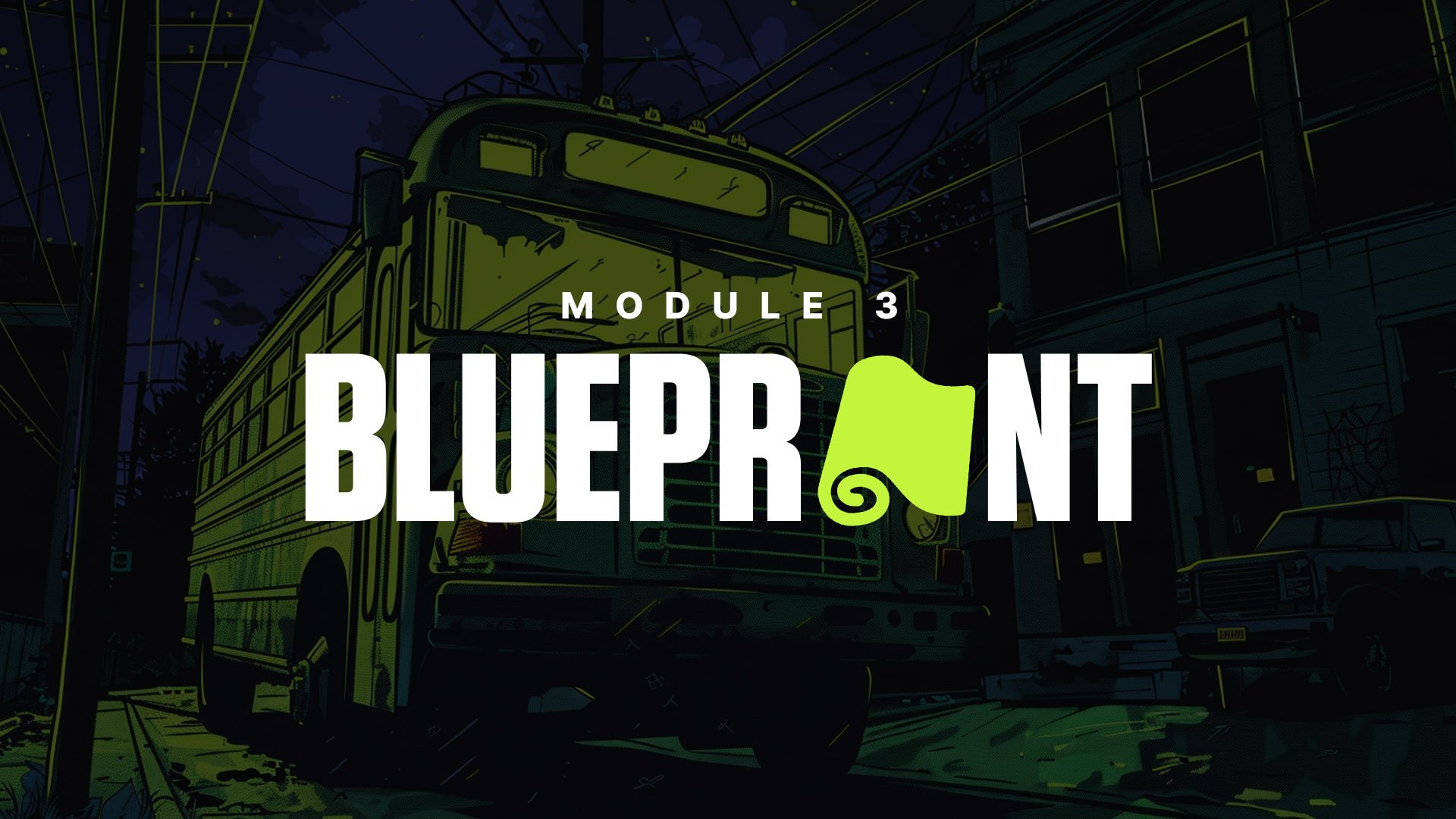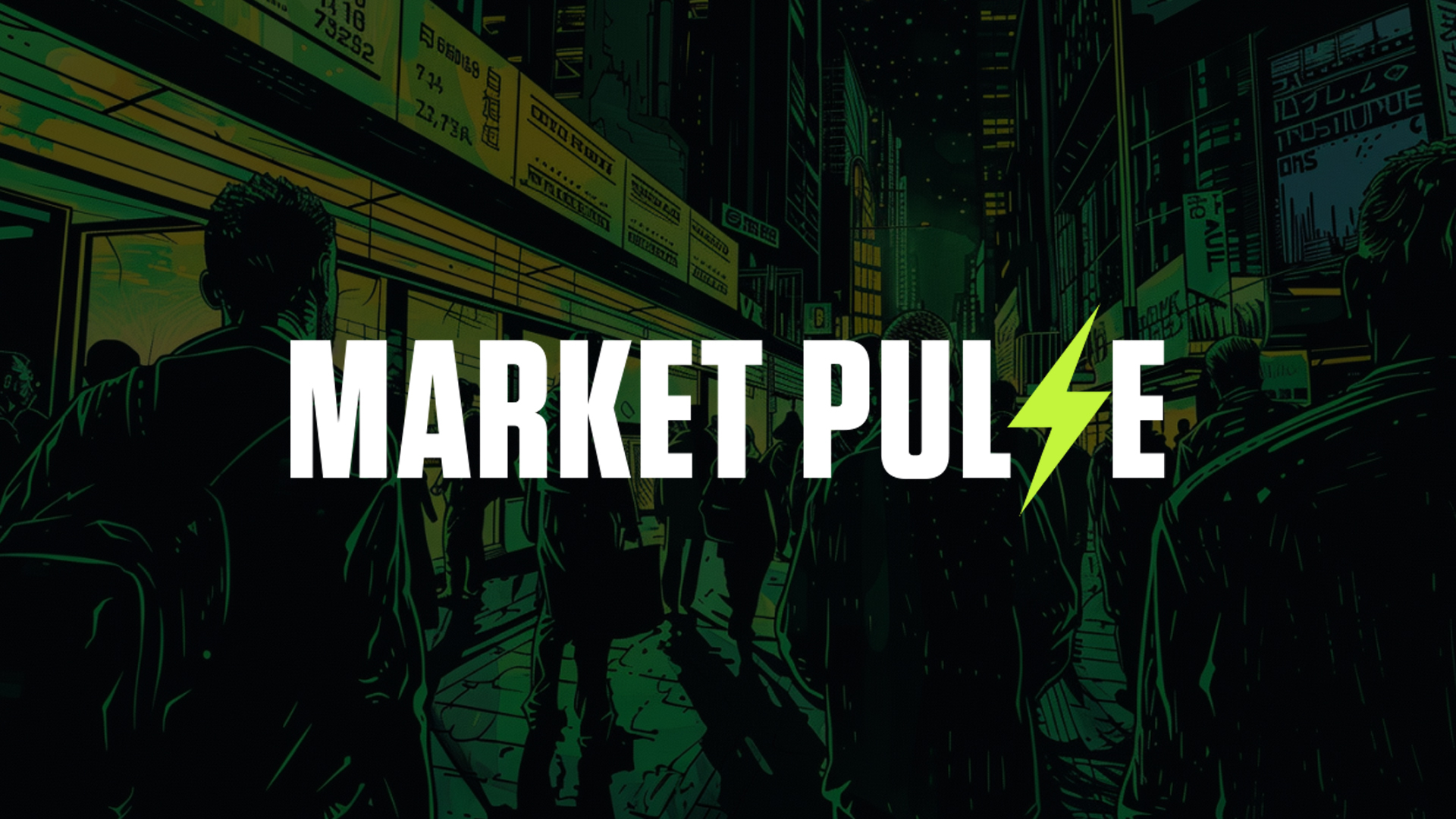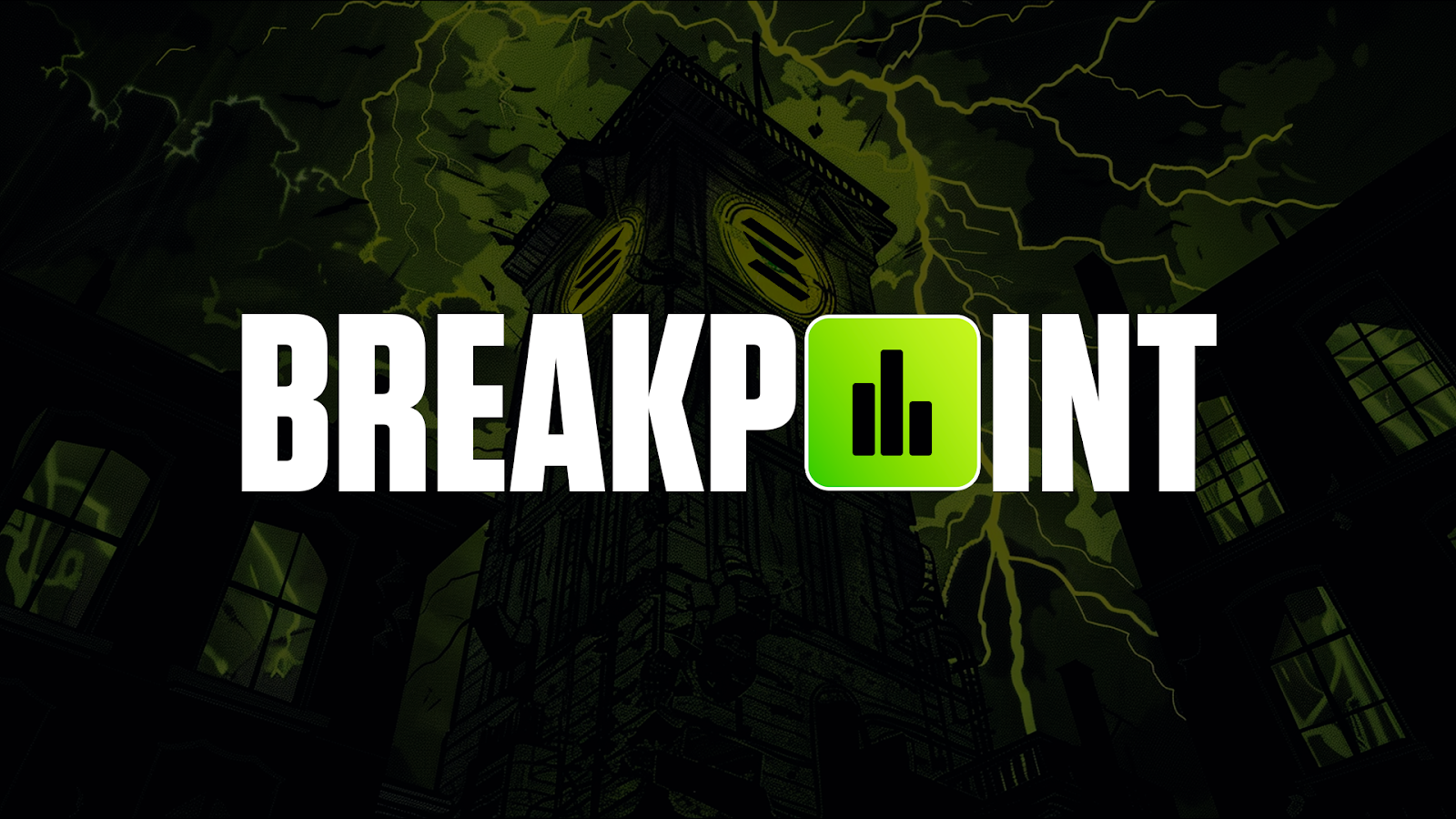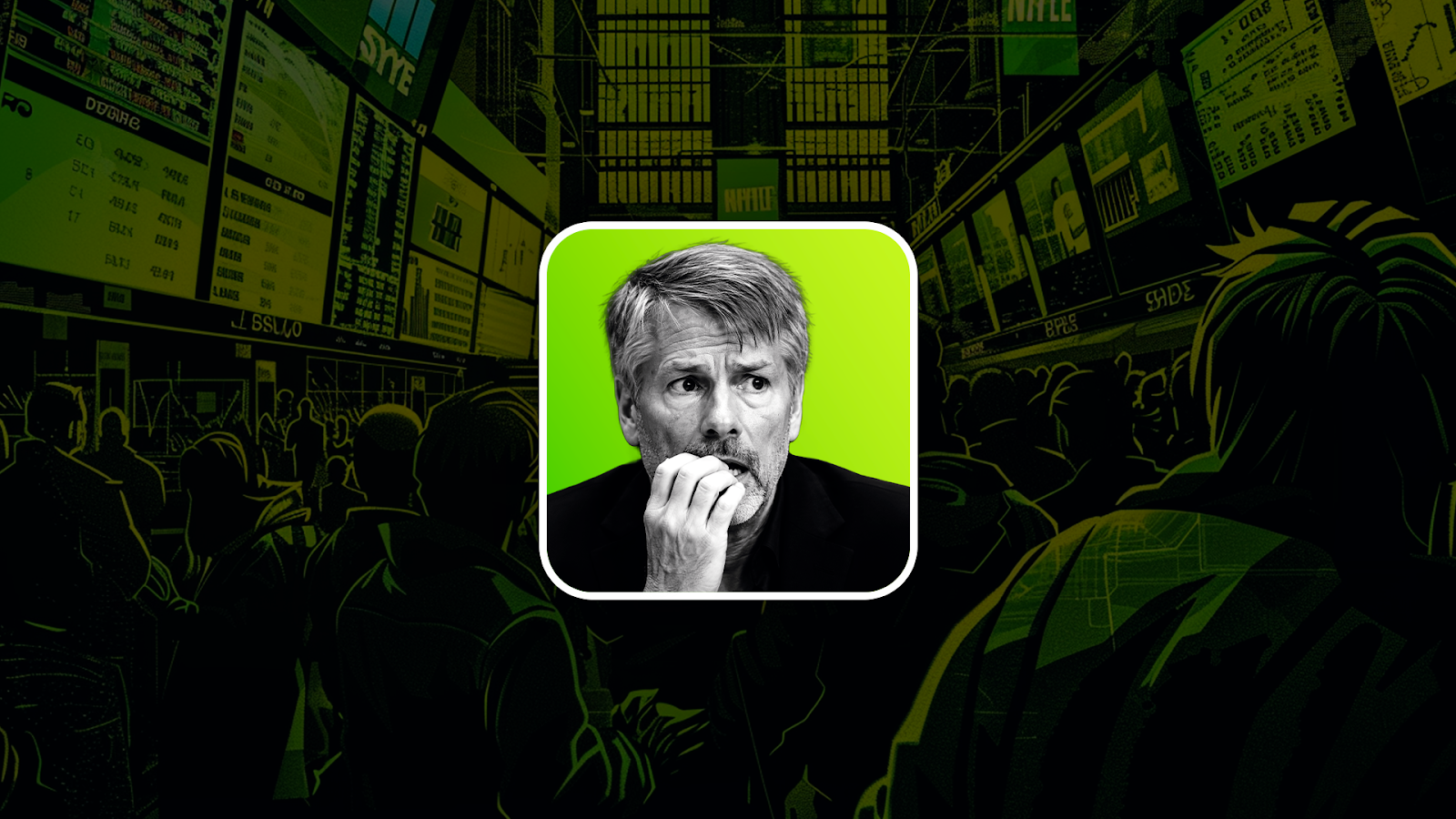
Introduction to blockchains
In the following 3 modules, we’ll cover crypto blockchains. We'll look at what they are, how they work, and why they’re changing the world. We’ll discuss smart contracts and how consensus mechanisms secure blockchains. Then, we’ll dive into blockchain layers (Layer 1s, Layer 2s, and Layer 0s) and their differences.What are blockchains?
Think of a blockchain as an online list that records information, e.g. crypto transaction data.In 1998, computer scientist Nick Szabo introduced the concept of Bit Gold, a crucial precursor to modern blockchain technology. Although Bit Gold was never implemented, its principles laid the foundational groundwork for subsequent digital currencies. Szabo's idea was part of a broader exploration into cryptographic and decentralised solutions aiming to enhance the digital security and authenticity underpinning today's blockchain ecosystems.
The information tracked on a blockchain cannot be changed. It is immutable and, therefore, highly resistant to fraud. On most blockchains, this information is also public. (However, private blockchains can and do exist).
Blockchains offer a range of different use cases. For example, they make it possible to transfer crypto online without needing a middleman.
Bitcoin blockchain
In January 2009, the Bitcoin blockchain launched. Its pseudonymous creator was Satoshi Nakamoto. He described it as “a new electronic cash system that’s fully peer-to-peer, with no trusted third party.”Unlike traditional fiat currencies, such as the British Pound, United States Dollar, and Euro, the Bitcoin network is decentralised. It runs on thousands of computers worldwide. Every single Bitcoin transaction has its own record on the blockchain. This information is stored on a network of computers and is not interfered with, creating authenticity and legitimacy.
In other words, Bitcoin removes the need to rely on a ‘trusted’ third party. It was a proof of concept that showed wealth could exist digitally and outside of government control.
A single block on the blockchain contains data (transaction details like the sender, receiver, and number of coins).
Each block contains its own unique hash (like a digital fingerprint) and the previous block’s hash. This creates the chain.
Changing something within any block will break the chain. If the information in the block is edited in any way, then the hash code also changes. This makes it extremely difficult to commit fraud.
The blockchain also operates on a peer-to-peer network. For added security, any new blocks must be verified by the majority of peers. We’ll discuss Consensus Mechanisms (the verification methods used by blockchains) in Module 4.
What are smart contracts?
Put simply, smart contracts are agreements that can be written in computer code. They are stored on the blockchain, so they can be tracked and authenticated.Think of them like a regular legal contract, but instead of a lawyer, the computer upholds the terms. This means there’s no need to trust a middleman, as the terms are coded in and non-negotiable.
Smart contracts are one of the most innovative mechanisms to hit us in the 21st century. They are the backbone of Web3, DeF
i and the majority of crypto as we know it.How do they work?
A smart contract may include an instruction written in code that says
“If X happens, do Y.”
The smart contract will trigger a particular action if the pre-decided terms have been met.
Both parties involved in the transaction must agree to the terms. If the contract terms aren’t fulfilled, for example, if neither X nor Y happens, the contract won’t be executed.
Example:
Smart contracts can be super simple. For example, I give you $100, and you pay me back $5 every day for 24 days (4 days representing interest).
Or, I give you $100 of Bitcoin, and you pay me back $5 daily in Ethereum.
In these cases, the smart contract code can verify that both parties can fulfil the agreement. If programmed to do so, the smart contract will check to see that both sides have the money they need. It can lock this up, automating payments between the parties.
A more complex example: you give me $100, and I pay you back $5 daily in Bitcoin + 6% in interest paid in Ether.
In a smart contract, almost anything is possible. If you can think of logical terms that can be written down, they can also be put into a smart contract. In fact, because of the connectivity (with smart contracts being connected to wallets, protocols, and more), many things that weren’t possible through traditional contracts are now possible.
What are they used for?
Often, smart contracts act as digital agreements that allow the transfer of crypto without the need for a middleman. Once the agreement has been decided, the smart contract will check that its terms have been fulfilled. Then the crypto assets will be exchanged.
As they allow actions to be completed without an intermediary, they are also essential to the DeFi (decentralised finance) space. An example is setting a limit order on a decentralised exchange aggregator. You set the price at which you want to buy the asset. The smart contract automatically buys the asset for you if it reaches that price.
Smart contracts power popular platforms like Ethereum and Solana, and all protocols that are built on top of them.
What are the benefits?
Secure: cryptography ensures records cannot be altered.
Autonomous: They operate automatically, saving time.
Transparent: anyone can view the smart contract on public blockchains.
No-intermediary: there’s no need for a middleman to verify information, as the blockchain does it.
What are the weaknesses?
It’s important to note that smart contracts aren’t always perfect. Sometimes, for security, developers choose to make the smart contract uneditable. This means that, once launched, they cannot be updated or altered, which can lead to issues in the future.
And while they are secured by blockchain technology, their design also needs to be secure. Otherwise, errors in their code may be exploited.
This module introduced the transformative potential of blockchain technology, from its inception to modern applications like smart contracts. Up next, we'll dive into consensus mechanisms and blockchain layers to further understand how these technologies secure and scale the decentralised digital world.
Continue reading by joining Cryptonary Pro
$997/year
Get everything you need to actively manage your portfolio and stay ahead. Ideal for investors seeking regular guidance and access to tools that help make informed decisions.
For your security, all orders are processed on a secured server.
As a Cryptonary Pro subscriber, you also get:
3X Value Guarantee - If cumulative documented upside does not reach 300% during your 12-month membership, you can request a full refund.
24/7 access to experts with 50+ years’ experience
All of our top token picks for 2025
Our latest memecoins pick with 50X potential
On hand technical analysis on any token of your choice
Weekly livestreams & ask us anything with the team
Daily insights on Macro, Mechanics, and On-chain
Curated list of top upcoming airdrops (free money)
3X Value Guarantee
If cumulative documented upside does not reach 300% during your 12-month membership, you can request a full refund.
Our track record speaks for itself
With over 2.4M tokens and widespread misinformation in crypto, we cut through the noise and consistently find winning assets.
Our track record speaks for itself
With over 2.4M tokens and widespread misinformation in crypto, we cut
through the noise and consistently find winning assets.
Frequently Asked Questions
Can I trust Cryptonary's calls?
Yes. We've consistently identified winners across multiple cycles. Bitcoin under $1,000, Ethereum under $70, Solana under $10, WIF from $0.003 to $5, PopCat from $0.004 to $2, SPX blasting past $1.70, and our latest pick has already 200X'd since June 2025. Everything is timestamped and public record.
Do I need to be an experienced trader or investor to benefit?
No. When we founded Cryptonary in 2017 the market was new to everyone. We intentionally created content that was easy to understand and actionable. That foundational principle is the crux of Cryptonary. Taking complex ideas and opportunities and presenting them in a way a 10 year old could understand.
What makes Cryptonary different from free crypto content on YouTube or Twitter?
Signal vs noise. We filter out 99.9% of garbage projects, provide data backed analysis, and have a proven track record of finding winners. Not to mention since Cryptonary's inception in 2017 we have never taken investment, sponsorship or partnership. Compare this to pretty much everyone else, no track record, and a long list of partnerships that cloud judgements.
Why is there no trial or refund policy?
We share highly sensitive, time-critical research. Once it's out, it can't be "returned." That's why membership is annual only. Crypto success takes time and commitment. If someone is not willing to invest 12 months into their future, there is no place for them at Cryptonary.
Do I get direct access to the Cryptonary team?
Yes. You will have 24/7 to the team that bought you BTC at $1,000, ETH at $70, and SOL at $10. Through our community chats, live Q&As, and member only channels, you can ask questions and interact directly with the team. Our team has over 50 years of combined experience which you can tap into every single day.
How often is content updated?
Daily. We provide real-time updates, weekly reports, emergency alerts, and live Q&As when the markets move fast. In crypto, the market moves fast, in Cryptonary, we move faster.
How does the 3X Value Guarantee work?
We stand behind the value of our research. If the documented upside from our published research during your 12-month membership does not exceed three times (3X) the annual subscription cost, you can request a full refund. Historical context: In every completed market cycle since 2017, cumulative documented upside has exceeded 10X this threshold.



















